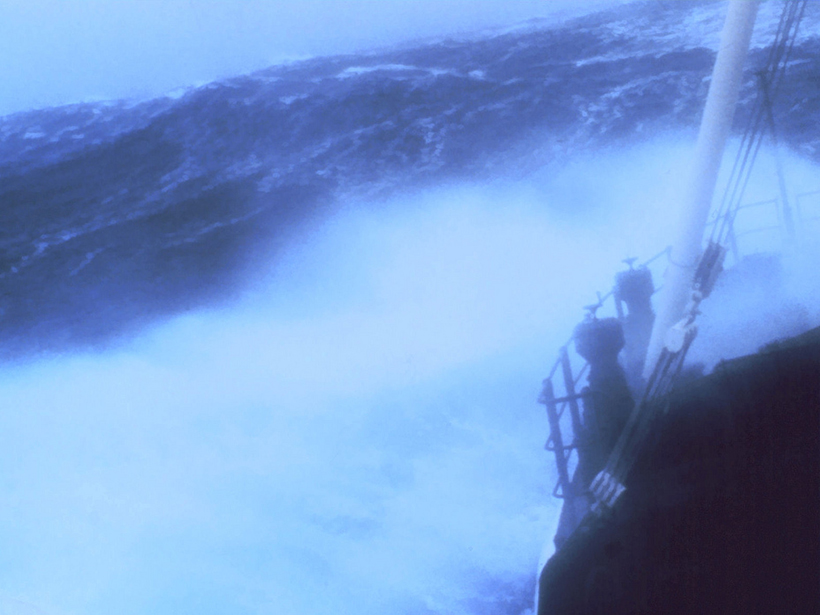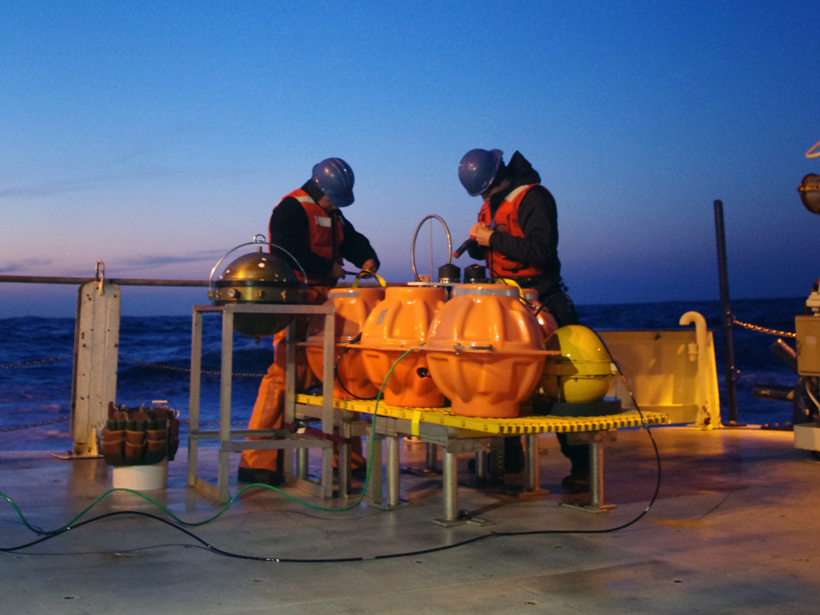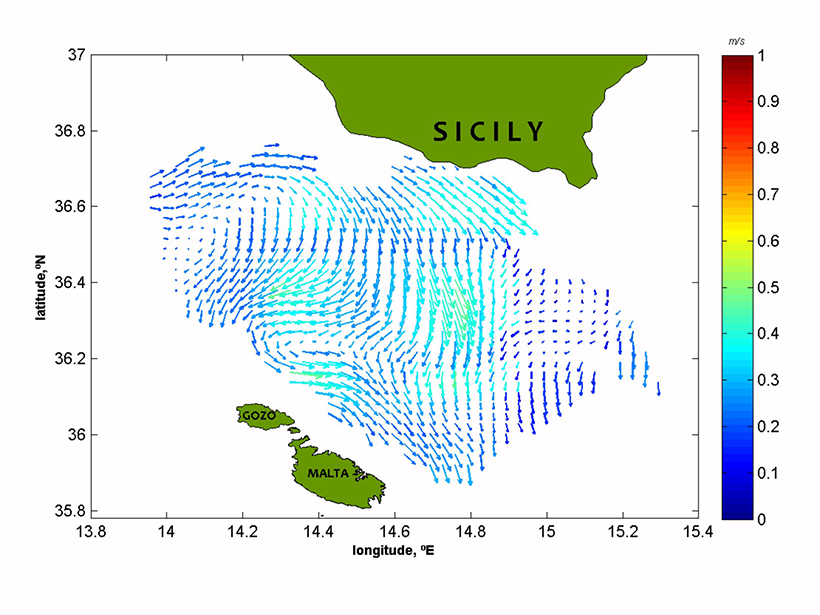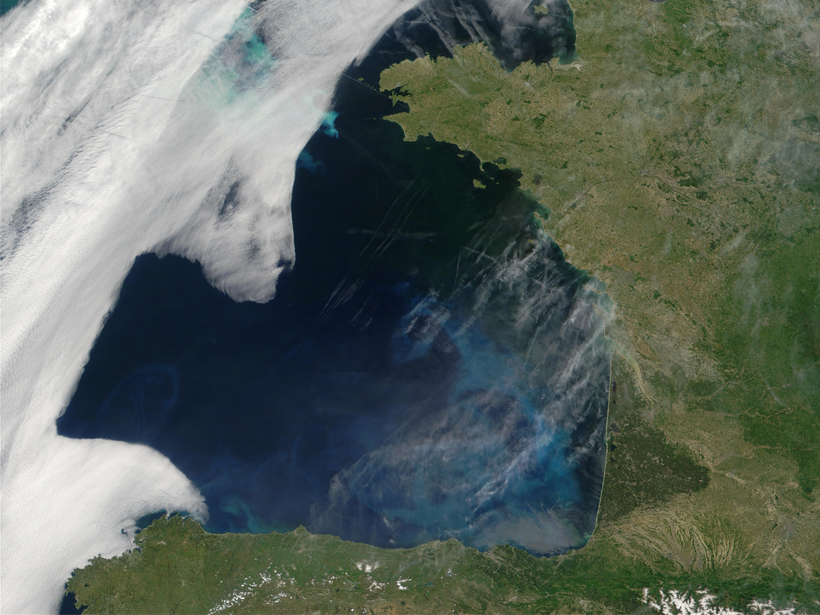One mathematical model best describes the complex interplay between an ocean's surface waves and its underlying circulation.
surface waves & tides
Model Predicts Heights of Rogue Waves
Rogue waves form without warning and can tower more than 25 meters high. A new mathematical approach shows promise at simulating how high these waves can be.
Stars and Swells Guide a Polynesian Canoe Around the World
Modern oceanographers and ancient navigators rely on similar waves to study the world's oceans.
Streamlining Rapid Tsunami Forecasting
With enough sensors, traditional forecasting methods could be replaced by models continuously updated with real-time wave data.
When Rivers and Tides Collide
Scientists review several decades of research on the complex freshwater reach where fluvial and tidal forces meet.
Tidal River Dynamics
Tidal rivers are a vital and little studied nexus between physical oceanography and hydrology.
Growing Network of Radar Systems Monitors Ocean Surface Currents
Fourth Meeting of the Global High Frequency Radar Network; Heraklion, Crete, Greece, 22–23 September 2015
Tide Pools Mimic Climate Change in Everyday Cycle
Researchers unexpectedly discovered that tiny shoreline ecosystems act as miniature laboratories in which ocean acidification and its effects play out nightly.
Tracking Long-Term Changes in Global Sea Level Extremes
Large-scale climate change may drive trends in extreme sea level events.
Simulating Tidal Flow and Mixing at Steep Submarine Slopes
A new three-dimensional model of tide-driven flow over the continental slope could enhance understanding of global ocean circulation.









